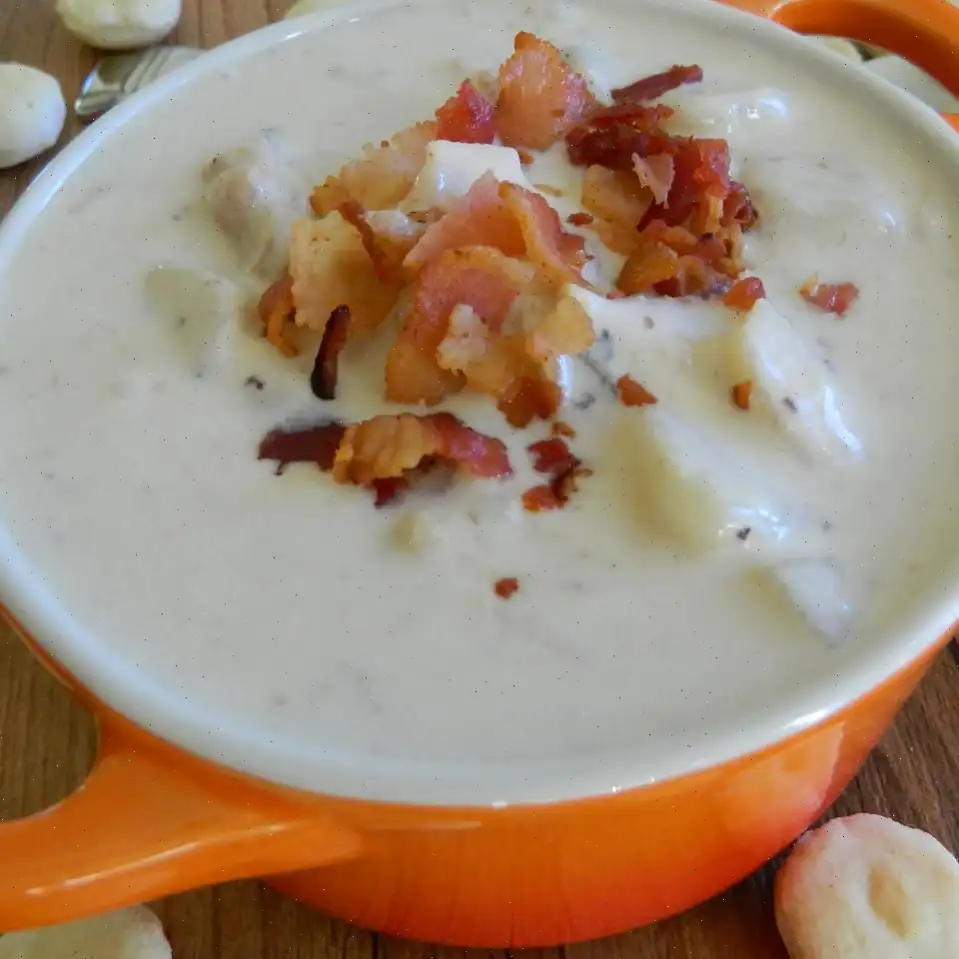
Sardine Pizza Recipe
Ingredients
- 1 pound prepared pizza dough
- 1 teaspoon olive oil
- 1/2 teaspoon Greek seasoning
- 1/4 cup pizza sauce
- 8 slices fresh mozzarella cheese, or more to taste
- 1/4 cup halved cherry tomatoes
- 10 sardines
- 1 1/2 teaspoons dried oregano
- 1 large egg (optional)
- 3 leaves fresh basil, torn
- 2 teaspoons lemon juice, or to taste
Directions
Step 1: Preheat a gas grill with all burners on High for 10 to 15 minutes.
Step 2: Shape the pizza dough into a disc.
Step 3: Reduce the flame on half of the grill burners to Low to create areas of direct and indirect heat.
Step 4: Carefully place the dough onto the grill over direct heat. Close the cover and let it grill until the bottom is just barely cooked and shows char marks, about 1 to 3 minutes.
Step 5: Use tongs to flip the pizza dough over, then move it to the indirect heat.
Step 6: Brush the dough with olive oil and sprinkle with Greek seasoning.
Step 7: Place the mozzarella slices, halved cherry tomatoes, and sardines on top of the pizza. Evenly sprinkle dried oregano over the pizza.
Step 8: Crack the egg and place it in the center of the pizza.
Step 9: Grill the pizza until the cheese is melted and the egg white is no longer clear, about 3 minutes.
Step 10: Carefully remove the pizza from the grill.
Step 11: Sprinkle torn basil over the pizza and squeeze lemon juice on top.
Cooks Note
- Pizza dough can be bought from the freezer section at Aldi or divided into two dough discs.
- The egg is optional; if preferred, place the pizza under a broiler to set the egg.
- For a zesty twist, you can add very thin slices of lemon (peel and all) to the pizza.
Nutrition Facts (per serving)
| Nutrition Information | Amount per serving |
|---|---|
| Calories | 334 |
| Total Fat | 14g |
| Saturated Fat | 6g |
| Cholesterol | 34mg |
| Sodium | 829mg |
| Total Carbohydrate | 37g |
| Dietary Fiber | 2g |
| Total Sugars | 3g |
| Protein | 15g |
| Vitamin C | 2mg |
| Calcium | 239mg |
| Iron | 3mg |
| Potassium | 147mg |
The History and Origins of Sardine Pizza
Sardine pizza has its roots deeply embedded in Mediterranean cuisine, where seafood has been a staple for centuries. While traditional Italian pizzas often feature ingredients like mozzarella, tomatoes, and cured meats, sardines were added as an affordable, nutrient-rich option for coastal communities. These small, oily fish were prized not only for their flavor but also for their high content of omega-3 fatty acids and protein. Over time, sardine pizza became a symbol of resourcefulness, combining simple ingredients to create a dish bursting with flavor and nutrition.
Regional Variations
Across Italy, sardine pizza can vary significantly depending on local preferences and available ingredients. In Sicily, for example, it is common to include anchovies, capers, and olives alongside sardines, reflecting the islands strong ties to fresh, local seafood. In coastal regions of Southern Italy, herbs like oregano, basil, and a drizzle of lemon juice are often added to balance the rich, savory taste of sardines. Northern Italian versions may be lighter, emphasizing thin crusts and milder cheeses, showcasing the regional diversity of Italian pizza traditions.
How It Differs from Similar Dishes
Unlike standard seafood pizzas that may include shrimp, calamari, or tuna, sardine pizza is distinguished by its bold, oily, and slightly salty flavor profile. Sardines are smaller and more intensely flavored than many other fish used on pizza, giving the dish a distinctive character. The addition of fresh herbs and lemon juice sets it apart from simpler anchovy pizzas, creating a balance of tanginess and umami that appeals to both traditionalists and modern palates.
Typical Serving Venues
Sardine pizza is traditionally enjoyed in casual settings, from coastal trattorias to home kitchens. In Italy, it is often served as part of a family meal, accompanied by a crisp salad or a glass of white wine. Modern pizzerias may offer it as a specialty item, highlighting local seafood sources. In international contexts, sardine pizza can be found in gourmet pizza restaurants that focus on artisanal toppings and Mediterranean-inspired menus.
Interesting Facts
- Sardines have been consumed by humans for thousands of years, with evidence of their use dating back to ancient Rome and Greece.
- Grilling pizza over direct and indirect heat, as in the provided recipe, is a technique that enhances the smoky flavors of the sardines while keeping the crust crisp.
- The combination of sardines, lemon, and fresh herbs mirrors traditional Mediterranean flavor pairings, emphasizing simplicity and freshness.
- Despite their strong flavor, sardines are an environmentally sustainable seafood choice due to their abundance and fast reproductive cycles.
- The egg in the center, though optional, adds richness and a creamy texture, making sardine pizza a versatile dish that bridges rustic and refined tastes.








